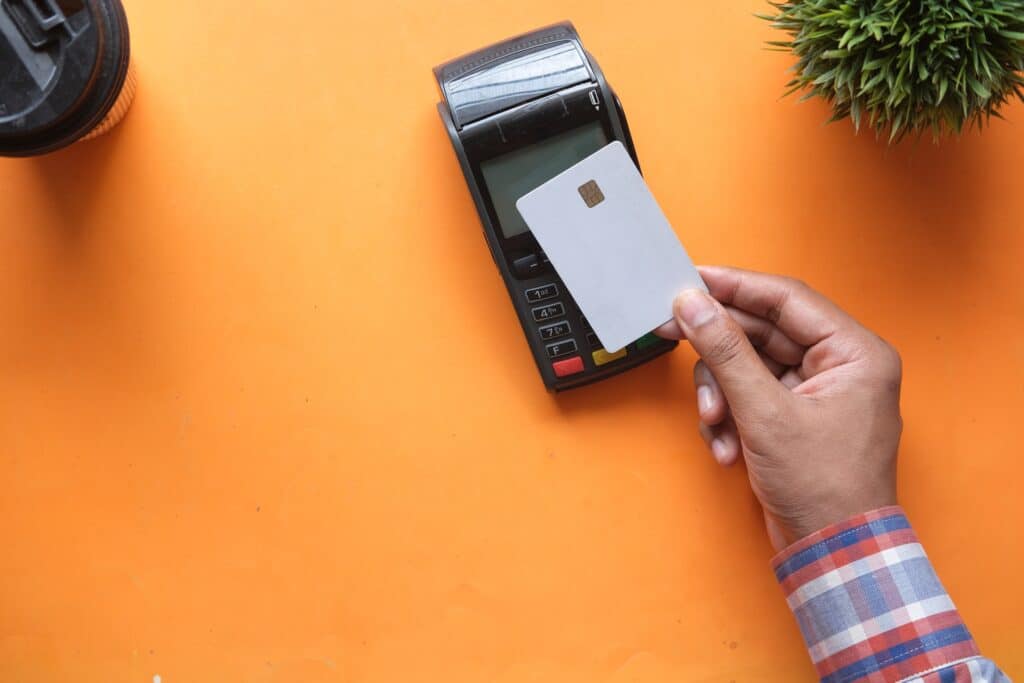As the owner of an online business, you need to have systems in place to allow customers to purchase goods with a range of different payment methods. The way in which you process these payments will differ, and businesses must be aware of the best payment processing practices.
Before you can find the right merchant services for your business, first you need to learn about payment processing and how it all works. We’ve written up a handy guide that will teach you everything you need to know. Read on to check it out.
Contents
What is Payment Processing?
To put it simply, payment processing is the act of verifying and confirming a payment made from a customer to a merchant. Think of using cash to pay for something in a shop. The cashier will take your money, record the transaction on the till, and then give you your items and any change you are due. This is a rudimentary form of payment processing.
In today’s world of digital payments and e-commerce platforms, the process is more complex but retains the same core principles. However, modern payment methods mean that there are additional steps in the process. As well as the merchant and the customer, modern payment processing also involves banks, credit card networks, issuers, and payment processing systems.
How Does it Work?
The entire payment process kick-starts when a customer purchases something on your platform. Information about the transaction is encrypted to secure it and then sent through a gateway to a processor. The processor will then send a request to the customer’s bank or credit company, which will then confirm whether or not the customer has the funds required for the purchase.
Once the transaction has been approved on the bank’s end, the processor is notified and the customer’s bank sends the funds to the merchant’s bank, completing the transaction.
This entire process takes place in a matter of seconds and is fully automated, giving merchants peace of mind that payments are being conducted efficiently and accurately.
Most Common Types of Online Payments
There are various different ways customers can pay for goods online. The two most common are debit card and credit card payments. These methods predate the Internet but are still widely used among consumers today.
Given how widespread these methods are, processing debit cards and credit cards is fairly straightforward. Credit cards can be slightly more complex as they involve lending credit and come with fees that are usually between 1.5% and 3.5%.
Digital wallets have become increasingly popular in recent years. These are virtual wallets that customers can use to hold their bank details and other financial information. Data is stored in the cloud and can be accessed instantly to pay for goods and services online. They are often held on smartphones, meaning consumers no longer have to carry physical wallets and cards.
Digital wallets use remote radio waves to send information to a merchant’s Point of Sale system. The exact technology used to do so will depend on the particular digital wallet, with the main systems including QR codes and Magnetic Secure Transmission. After this initial point of contact, processing digital wallet payments is the same as regular credit or debit card processing.
Conclusion
As a business learning about the different payment methods and how they are processed is essential. While credit cards and debit cards are still widely used, they are rapidly being overtaken by digital wallets. However, the system for processing these payments is actually much the same, which should allay the fears of any business owner unsure of this new technology.

